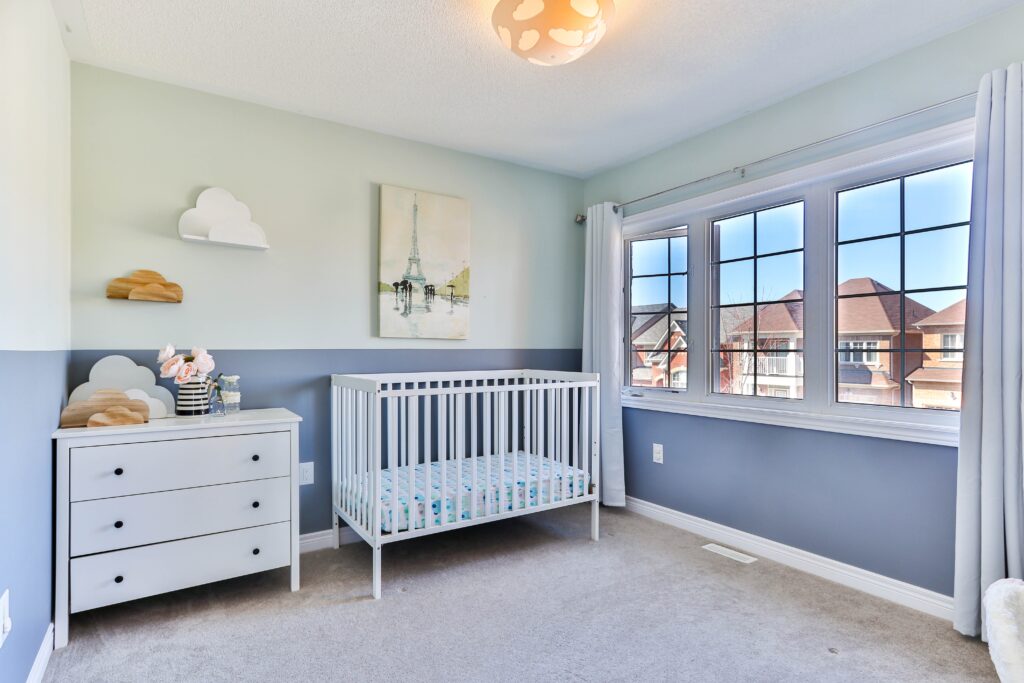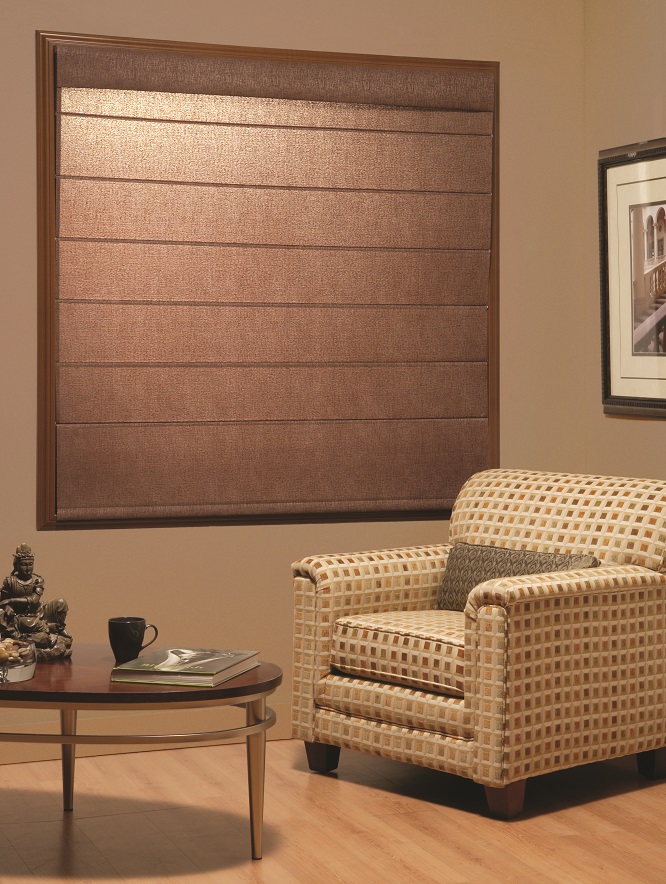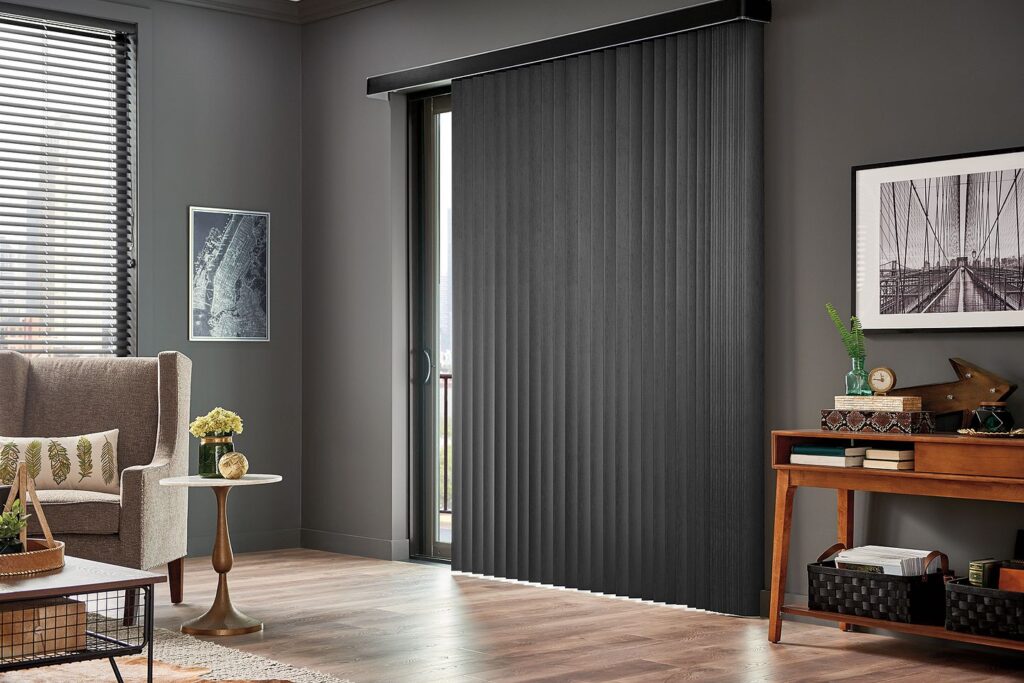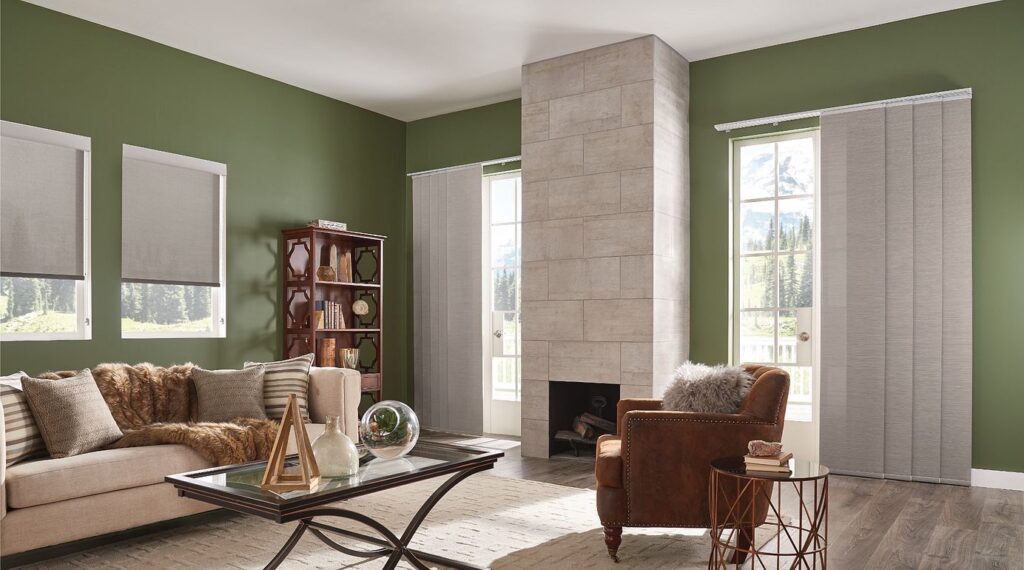Below you will find 7 great options to consider when researching blackout blinds for nurseries, as well as a quick overview of what makes blackout blinds so beneficial for babies.
Why Use Blackout Blinds for Nurseries?
Option #1 – Roman Shades
Option #2 – Fabric Blinds
Option #3 – Cellular Shades
Option #4 – Opaque Vanes
Option #5 – Drapes
Option #6 – Motorized Shades
Option #7 – Sliding Panels
If you’re interested in renovating your nursery for an upcoming little one, or you’re in the market for any other type of home renovation, contact Graham’s & Son today for a free in-home consultation.
Why Use Blackout Blinds For Nurseries?

WHAT ARE BLACKOUT BLINDS?
Blackout blinds are a type of window treatment specifically designed to keep light from leaking into a room. They’re often made from darker, heavier materials, as dense material is better at soaking up and blocking light.
HOW DO YOU USE BLACKOUT BLINDS?
Blackout blinds can be used to prevent bright daytime light from flooding your building and warming it up. If you use blackout blinds, both the light and the heat are blocked, meaning your house will heat up far slower, meaning you won’t have to spend as much to power your AC or fans.
WHY USE BLACKOUT BLINDS FOR NURSERIES?
Blackout blinds help craft a dark, consistent environment for your child to sleep in. A dark room reduces stimulation for your baby, and blackout blinds for nurseries ensure a consistent environment, such that whenever it’s time for bed, you can ensure the lighting conditions are always the same. For nurseries, consider installing automatic blinds without cords to make them easy to manipulate and as safe as possible for your baby.
Option #1 - Roman Shades
DESCRIPTION:
“In their basic form, Roman shades are simply fabric window coverings that can be raised or lowered with the help of a cord system and rings sewn on the back of the fabric” (source: HunterDouglas.com).
Roman shades have a distinctive segmented look, and they fold nicely together when raised for an elegant window treatment solution.
RECOMMENDED IF:
Many people like the look of Roman Shades. They are simple yet elegant and they’re worth considering if you like the style.
Option #2 - Fabric Blinds
DESCRIPTION:
“Fabric blinds” does not refer to a specific style of window treatment, rather fabric as a material can be applied to many different styles of blinds. The types of fabric used for blinds is often cotton, crepe, or polyester.
RECOMMENDED IF:
If you have a large, flat-angled room with walls that cause echoes, fabric blinds will naturally blunt some of the resonant sound.
They can also be used in conjunction with other window treatments, or even combined together. For example you could use a thin white fabric on the first layer to let in light while retaining privacy, which you could then cover with a heavier darker fabric to keep your room dark.
Option #3 - Cellular Shades
DESCRIPTION:
Cellular shades fold up when raised, and then unfold into a series of connected “cells,” from where they get their name. Cellular shades are quite popular, and come in a variety of colours and textures.
RECOMMENDED IF:
Budget is a major factor, or if there’s a specific colour you want your blinds to be in.
Option #4 - Opaque Vanes
DESCRIPTION:
Opaque vanes are long strips that hang from the same supported wiring. Usually by pulling the shades or tugging a cord the user can move the vanes back and forth, to cover or expose their window.
Vanes can be made with metal, wood, plastic, or fabric with weights on the end. Metal is less common as it’s more expensive and requires more maintenance, and wood vanes are mostly used for smaller applications, such as covering a 2-foot kitchen window. Fabric was the most popular material when vanes were invented in the late 50s, but plastic is now the dominant material.
Vanes can be rotated together, either letting in light, or blocking it all out.
RECOMMENDED IF:
When it comes to blackout blinds for nurseries, we recommend trying opaque vanes if you have a very large window to cover, or if you like their rotational functionality.
Option #5 - Drapes
DESCRIPTION:
Drapes are longer, hung, cloth window coverings. They can cover large windows, but also small or medium sized ones as well.
One practical bonus of drapes if how easy they are to transport. They can be folded like a sheet, making them easy to bring from the store back to your home. Cloth drapes are quite easy to manipulate if the ones you have don’t quite match the window you want to use them for.
RECOMMENDED IF:
Drapes are an elegant choice when searching for blackout blinds for nurseries. You won’t have to worry about clacking of plastic. Instead, you have noiseless cloth drapes that can be moved without disturbing your baby’s sleep. They’re even easy to clean if they get messy after being in a nursery for a while.
Option #6 - Motorized Shades
DESCRIPTION:
Motorized shades are often in the style of rollers, whereby they unfurl straight down, and retract by rolling up. They’re usually operated by remote, as they’re often installed high enough off the ground that they’re not easy to get to by hand. They’re usually battery powered, and you can have your button remote anchored somewhere on your wall.
RECOMMENDED IF:
Automatic, motorized shades are great if you want the convenience of lowering/raising your blinds without having to walk over and do it manually. They’re also a great option for households with children or pets, because they won’t be able to raise or lower the shades on their own.
7 - Sliding Panels
DESCRIPTION:
Sliding panels are similar in purpose to vanes: they’re long, fairly opaque, and great for covering large spaces, such as bay windows or sliding glass doors.
Given their greater width, they don’t usually rotate as much as vanes do. Sliding panels are usually made with fabric.
RECOMMENDED IF:
Sliding panels are a great type of blackout blinds for nurseries if you want something that operates quietly, absorbs a bit of sound, and is quite light-proof.
Fabric panels and vanes are often compared. There is a bit of a generational preference involved: older homes built in the mid-20th century often had plastic vertical blinds installed, which were invented in the 50s.
Graham’s & Son Interiors
Graham’s & Son Interiors can help no matter what type of blackout blinds for nurseries you decide on – even if you want an entirely different window treatment like California shutters!
Working with a local and experienced company like Graham’s can ensure you get the very best window treatments for your budget and your needs.
Graham’s can provide you a free consultation, order your desired products, install your chosen window treatment, and help you through the entire process. With their high-quality installation and workmanship, you will get better value for what you pay!
Read more about Graham’s here or visit them in person at their store in Cambridge, Ontario. With over 40 years of experience serving customers just like you, they are ready to help you transform your home or office with the perfect window coverings.
“Graham’s Interiors & Son is our go to! We have our home in Hespeler done with stunning shutters and now our cottage in Sauble Beach. We are so impressed that they go over and beyond to get the job done right. We are thrilled with the outcome and highly recommend anyone thinking of window treatments to use them. They stand behind the products, install accurately and provide helpful assistance when you’re not sure what would look best.
Thank you Graham’s- so appreciated!!”
– Mechanical Engineering









